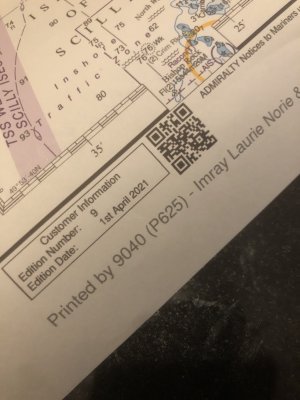Martin_J
Well-known member
Their website doesn't seem to let you go direct to the article... It's currently the first item on their news page though..
Imray News
Edit: Apologies for adding these two links to the thread so late. I can only say that when I wrote them on my mobile, I could only see the original single post!
Edit v2: and I don't think it took me three hours to actually write them!!
Imray News
Edit: Apologies for adding these two links to the thread so late. I can only say that when I wrote them on my mobile, I could only see the original single post!
Edit v2: and I don't think it took me three hours to actually write them!!
Last edited:

